10 Fascinating Archaeological Sites Across the United States
The United States has a rich history that researchers are only now beginning to truly understand. Humans likely arrived in North America tens of thousands of years ago, and many of these groups have left behind tell-tale signs of their presence.
Throughout the nation’s varying landscapes, the remnants of varying cultures remain prevalent, shedding valuable insight into the ancient humans who thrived in the US before the arrival of the Europeans. Here are ten of the most fascinating archaeological sites.
America's Stonehenge
One of the most unusual sites in the US is known today as America’s Stonehenge. Comprised of enormous blocks of stones that make up individual passages and chambers, this site is generally considered to have been ceremonial in nature.
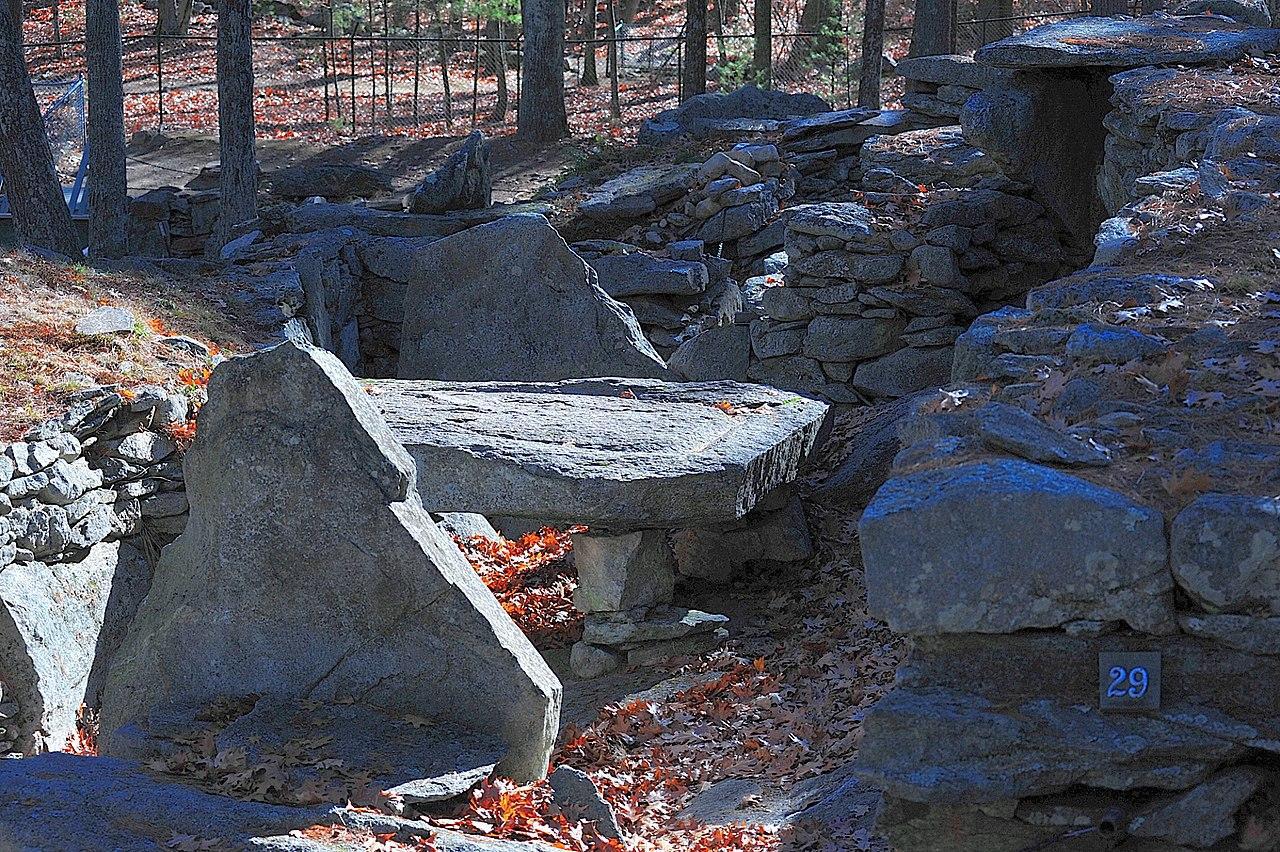
Source: Wikimedia
Many believe it was used as an enormous astronomical calendar that clearly tracks the solar and lunar events of the years. Researchers have proposed the site was inhabited by a group of astronomers, yet due to the site having no replica elsewhere in the US, some have suggested the original inhabitants came from overseas.
Canyon De Chelly National Monument, Arizona
A human presence in Canyon De Chelly extends back over 3,000 years and boasts a plethora of archaeological sites, from ancient settlements to unique cliff dwellings and detailed petroglyphs.
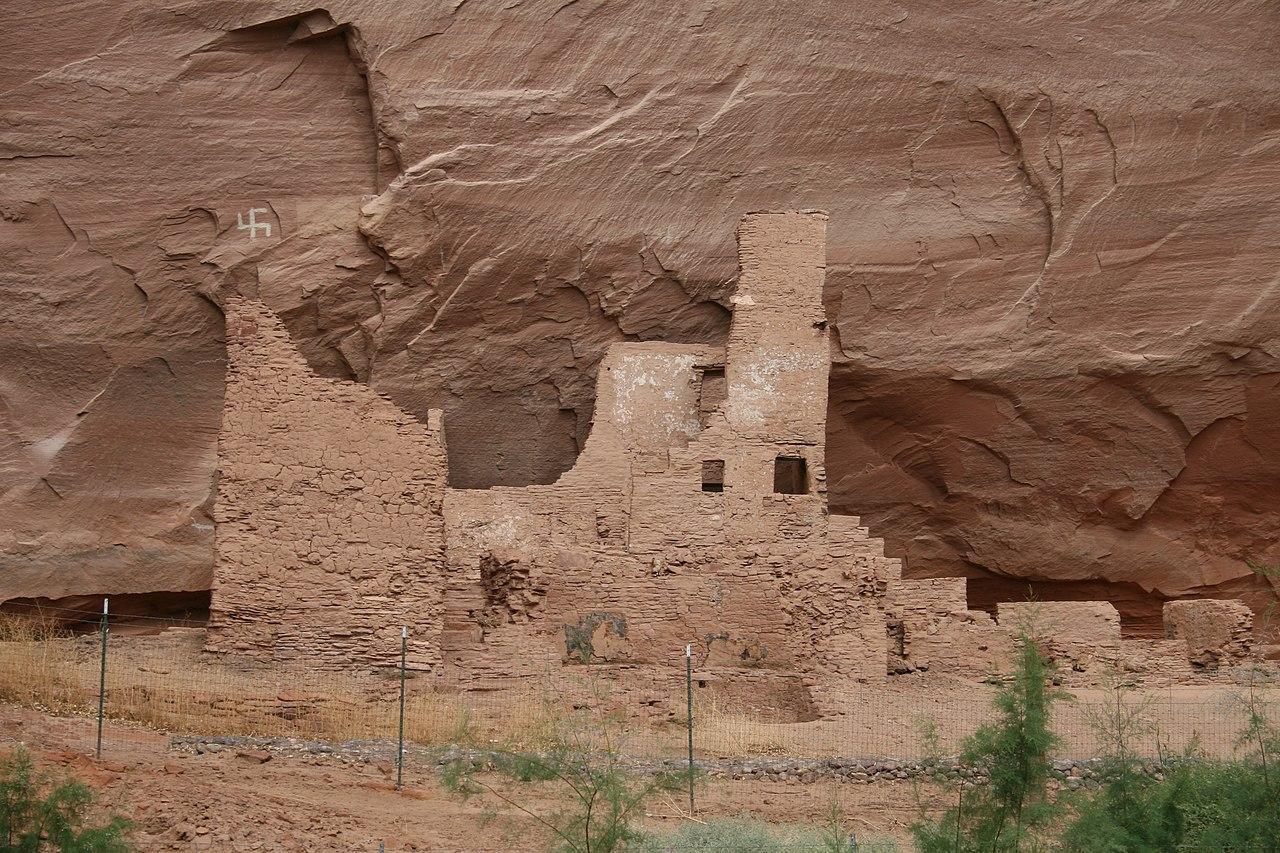
Source: Wikimedia
It’s thought the region was first inhabited by the Kayenta Anasazi, often referred to as the Ancestral Puebloans. Today, the site is owned by the Navajo Tribal Trust of the Navajo Nation, and around 40 Navajo families live throughout the park.
Geoglyphs of California
The remains of geoglyphs carved into the floor of the Colorado desert are located close to the town of Blythe, California. Similar to the more famous Nazca lines of Peru, these unique geoglyphs depict figurines, including enormous humans.
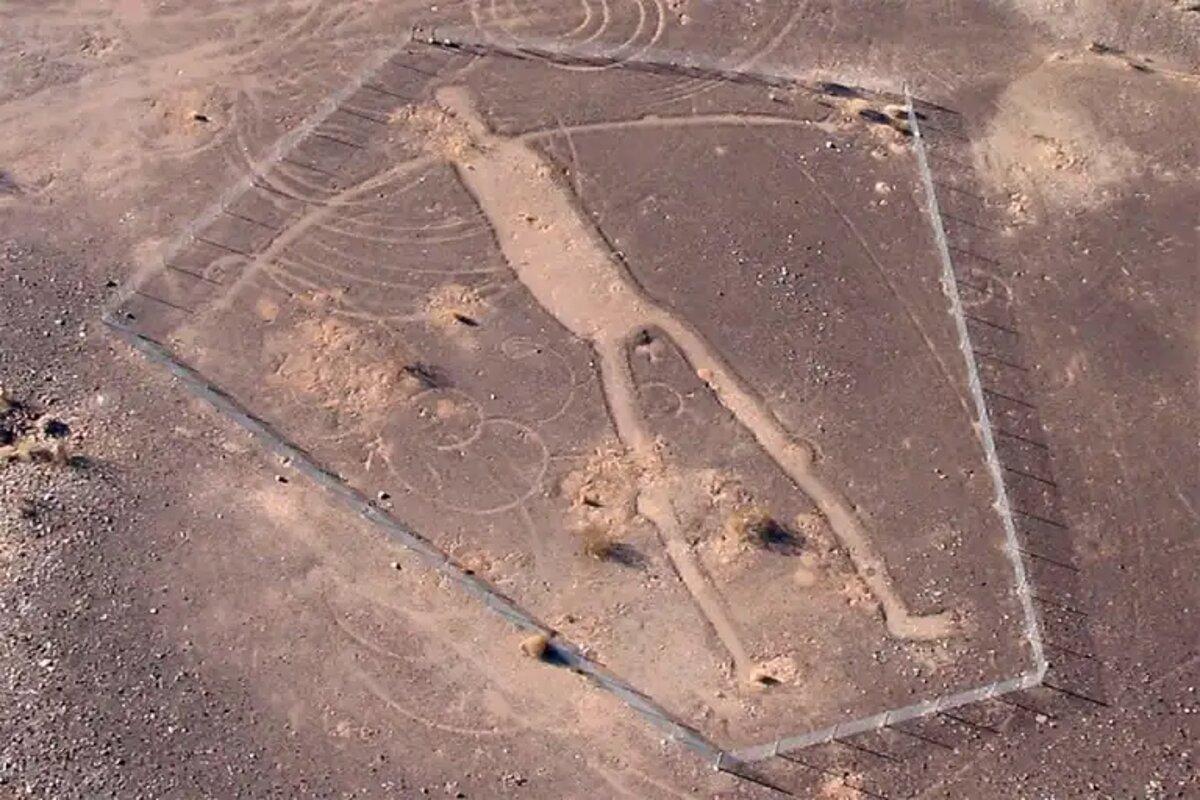
Source: Wikimedia
Dozens of these unique carvings dot the landscape, some up to 170 meters in length, which means they cannot be fully appreciated unless you’re above them in the air. To this day, researchers are unsure which group first carved these enigmatic pictures, adding to the mystery and intrigue of these geoglyphs.
Bandelier National Monument, New Mexico
The Bandelier National Monument covers a distance of over 50 square miles in New Mexico and shows signs of an ancient human presence dating back over 10,000 years.
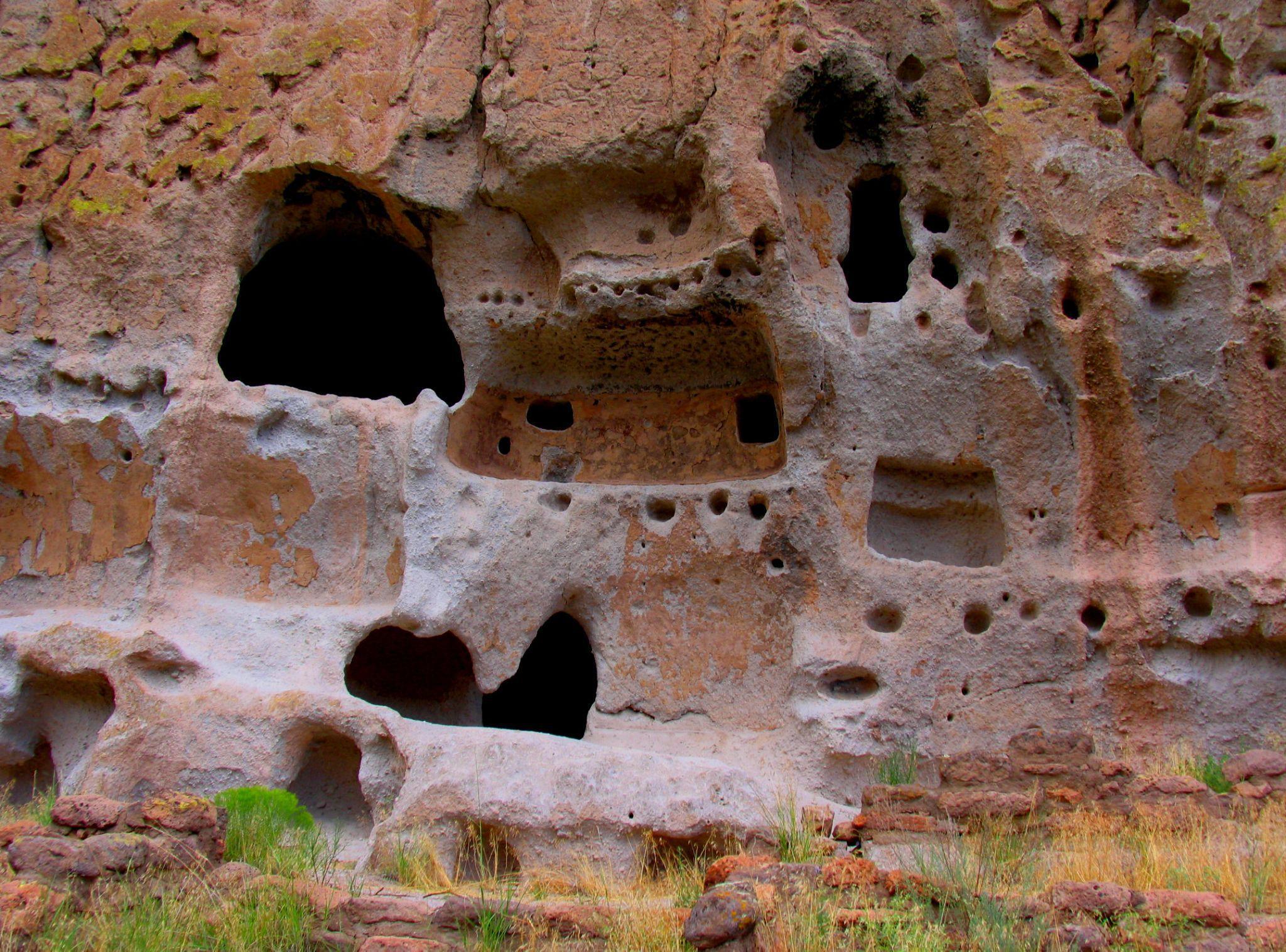
Source: Wikimedia
The ancient inhabitants were likely drawn to the region due to the abundance of obsidian, which could be used to produce tools. Artifacts recovered in the region showcase a trading network that ventured as far south as Mexico in ancient times. Today, over 23 tribal nations continue to live on the lands of their ancestors in the vicinity of the monument.
Mesa Verde National Park, Colorado
The Mesa Verde National Park officially became a UNESCO World Heritage site in 1978, but the first humans arrived in the region around 9,500 years ago.
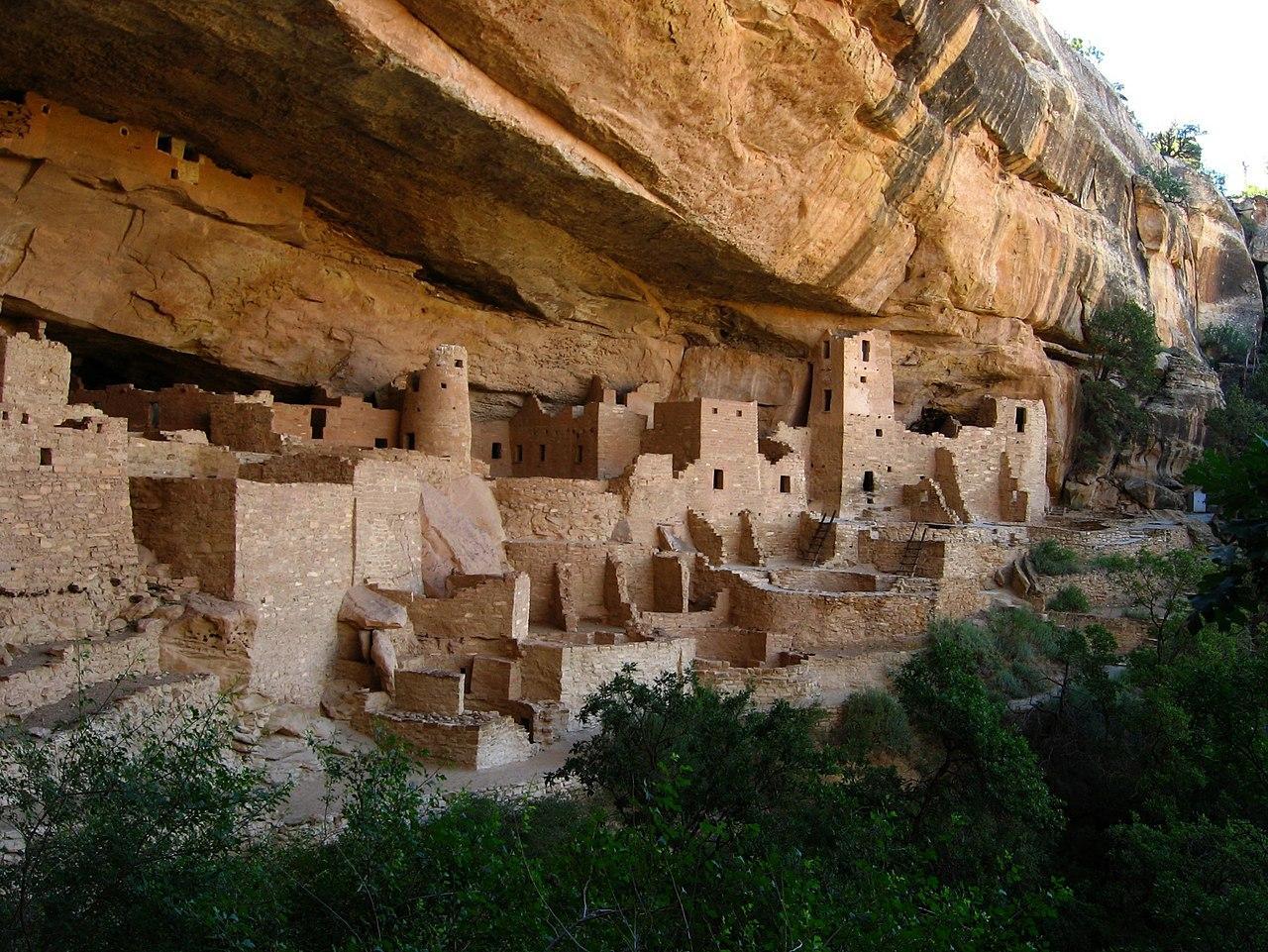
Source: Wikimedia
The earliest Paleo-Indians inhabited the region only on a seasonal basis. However, by 650 CE, Native groups began constructing the earliest pueblos in the region. By the 12th century, various cliff dwellings were built in the region, which the park remains known for today.
Whydah Gally Ship of Cape Cod, Massachusetts
The Whydah Gally is a 19th-century ship that was caught in a terrifying storm, which destroyed most of it. Captain Samuel “Black Sam” Bellamy captured the ship initially and turned it into a pirate ship.

Source: Wikimedia
Researchers first found the ship’s bell in 1985, over 260 years after its destruction. In 2013, archaeologists also found a small brass plate inscribed with the vessel’s name, which allowed them to say with certainty that this vessel was finally the Whydah Gally. Today, it stands as a reminder of the golden years of piracy in the US.
Great Serpent Mound, Peebles, Ohio
The fabled serpent mound, located in Peebles, Ohio, has become a popular tourist destination in recent years. It’s thought the earthen monument, which portrays the shape of a snake, was created by Native Amercians anywhere from 900 to 2,000 years ago.
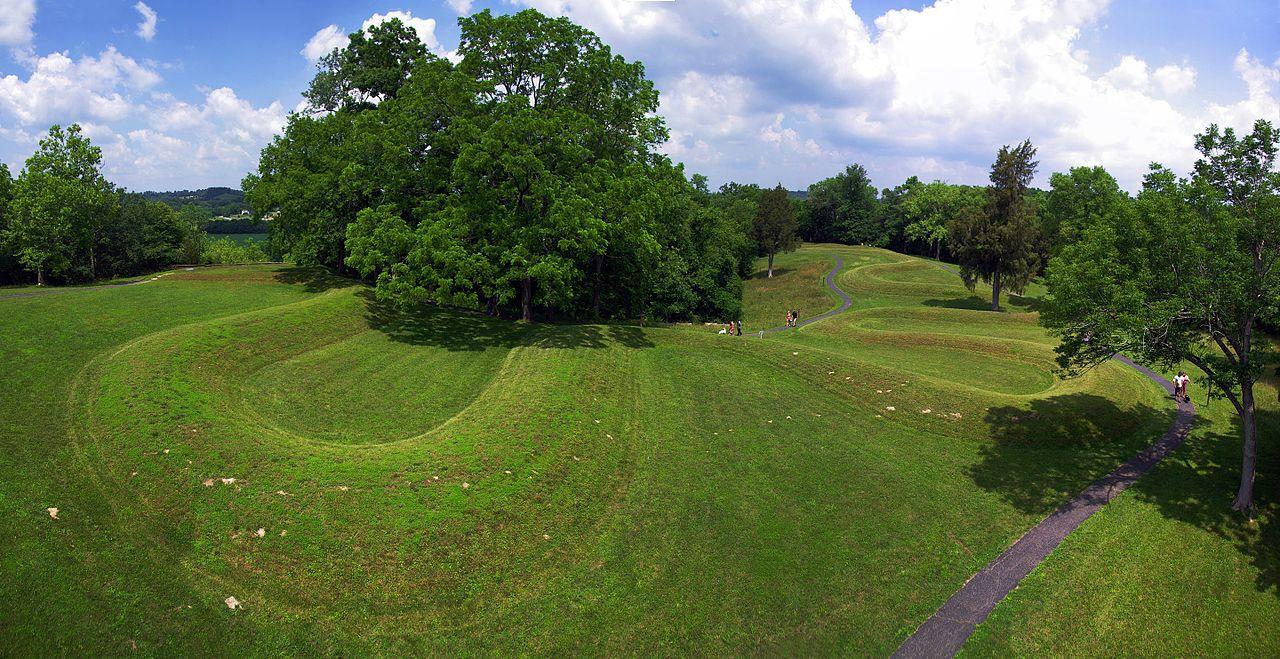
Source: Wikimedia
The serpent’s winding body stretches for an estimated 1,350 feet, twisting and turning in on itself on at least seven occasions as it makes its way toward the center of the mount.
Hemet Maze Stone, Hemet, California
The Hemet Maze Stone, discovered in the early years of the 20th century, is a fascinating petroglyph located in California’s Hemet Park.
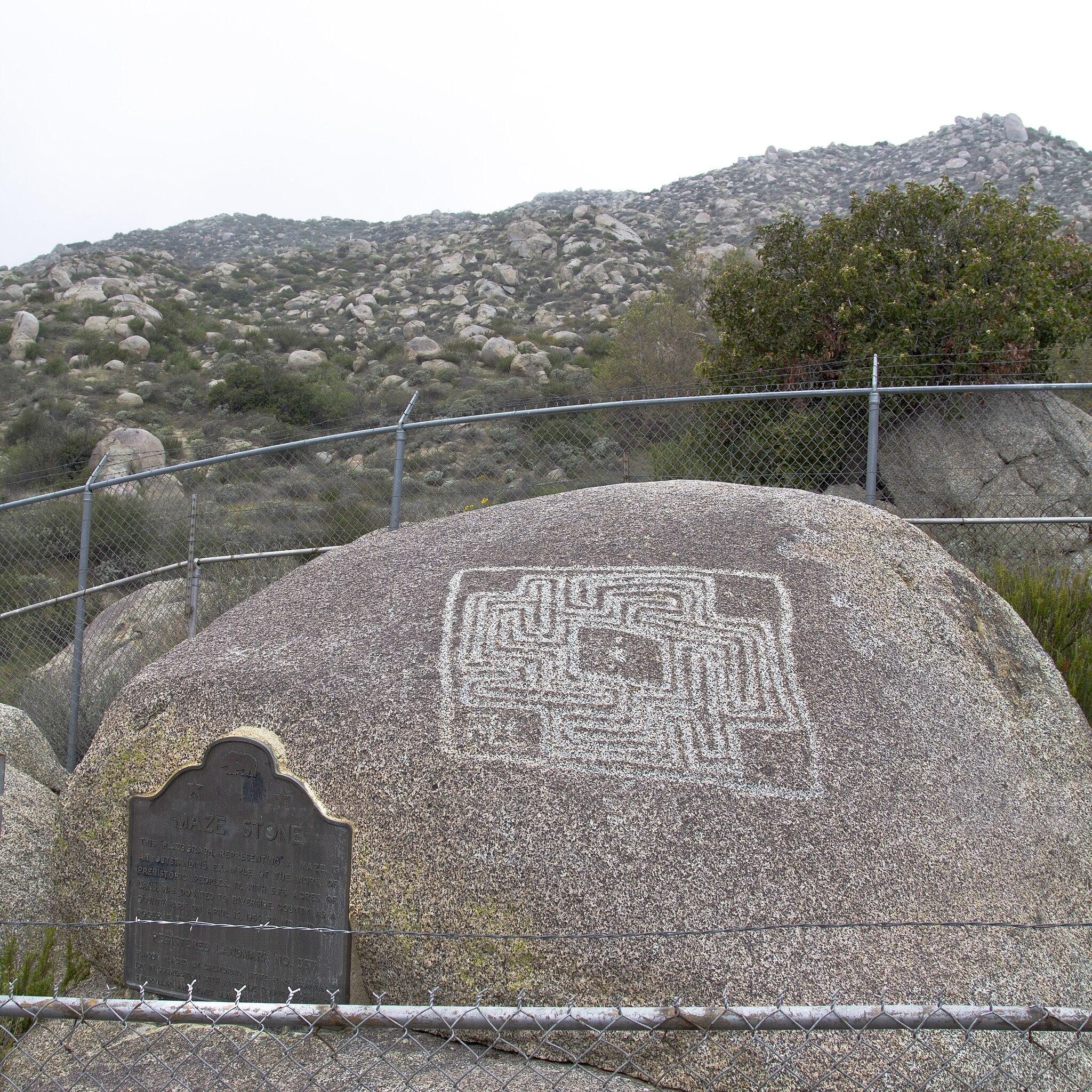
Source: Wikimedia
The peculiar maze-like design consists of interlocking lines and is around three feet squared in size. Interpretations to discern the meaning behind the carving have failed, with some suggesting it was created by a Native American group thousands of years ago.
Koster Site
The Koster site is a prehistoric archaeological region covering around three acres in the state of Illinois. Remains at the site suggest a human presence as early as 8,000 BCE, which continued until the Mississippian period around 1,000 CE.
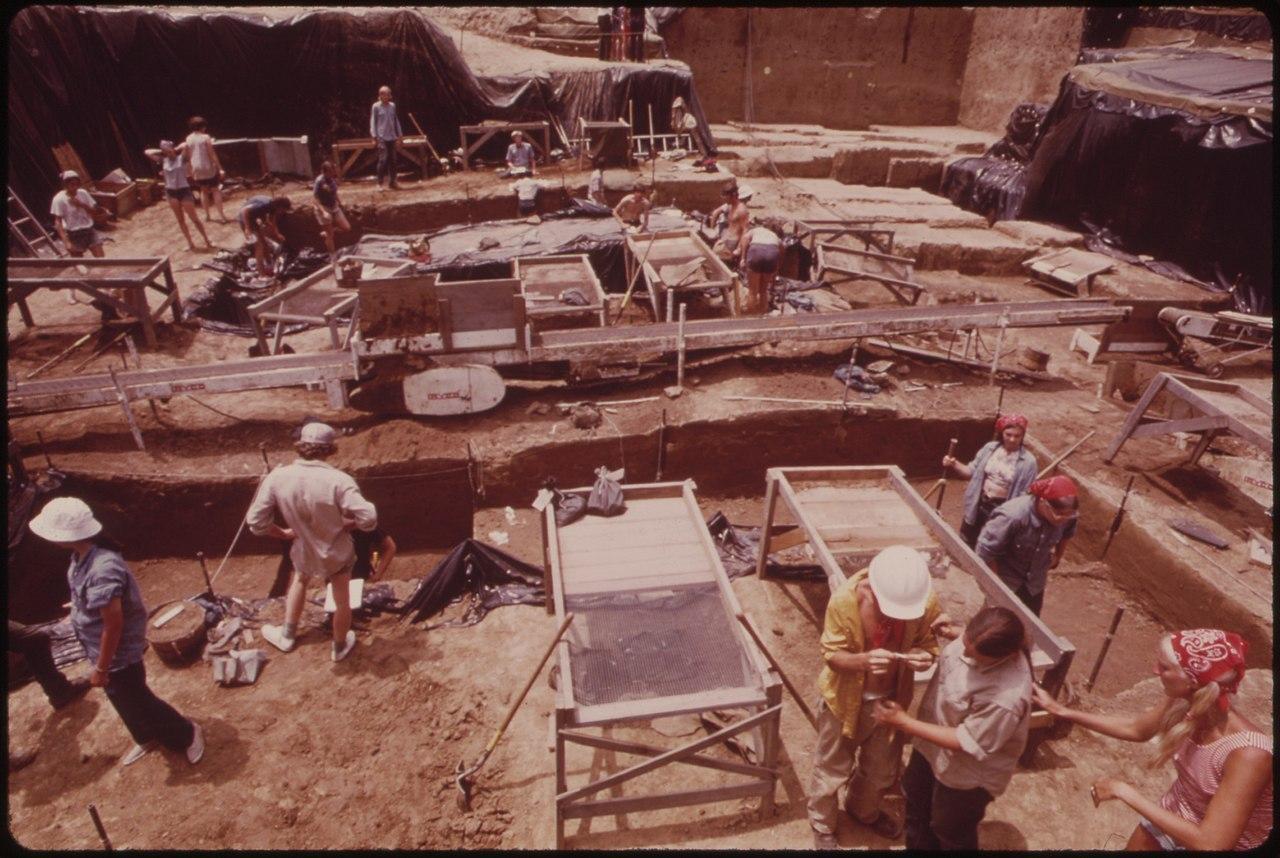
Source: Wikimedia
During excavations, researchers discovered the remains of bones, artifacts, and the remnants of prehistoric homes. According to researchers, their investigation suggests the region was inhabited on at least 25 separate occasions, showing the importance of this ancient site.
Honanki And Palatki
The Honanki Heritage and Palatki Heritage sites are located not far from Sedona in north-central Arizona and contain a plethora of archegonial remnants associated with Native American groups.

Source: Wikimedia
At the sites, visitors can observe well-preserved rock art consisting of intricate drawings of animals, symbols, and human-like figures. Many of the depictions are dated to around 2,000 BCE and provide a glimpse into the minds of early tribal groups that once thrived in the region.
The Archaeological Sites of the US
Despite the United States’ young age, ancient groups have been living throughout the landscape for thousands of years and have left clear traces of their existence at many sites.
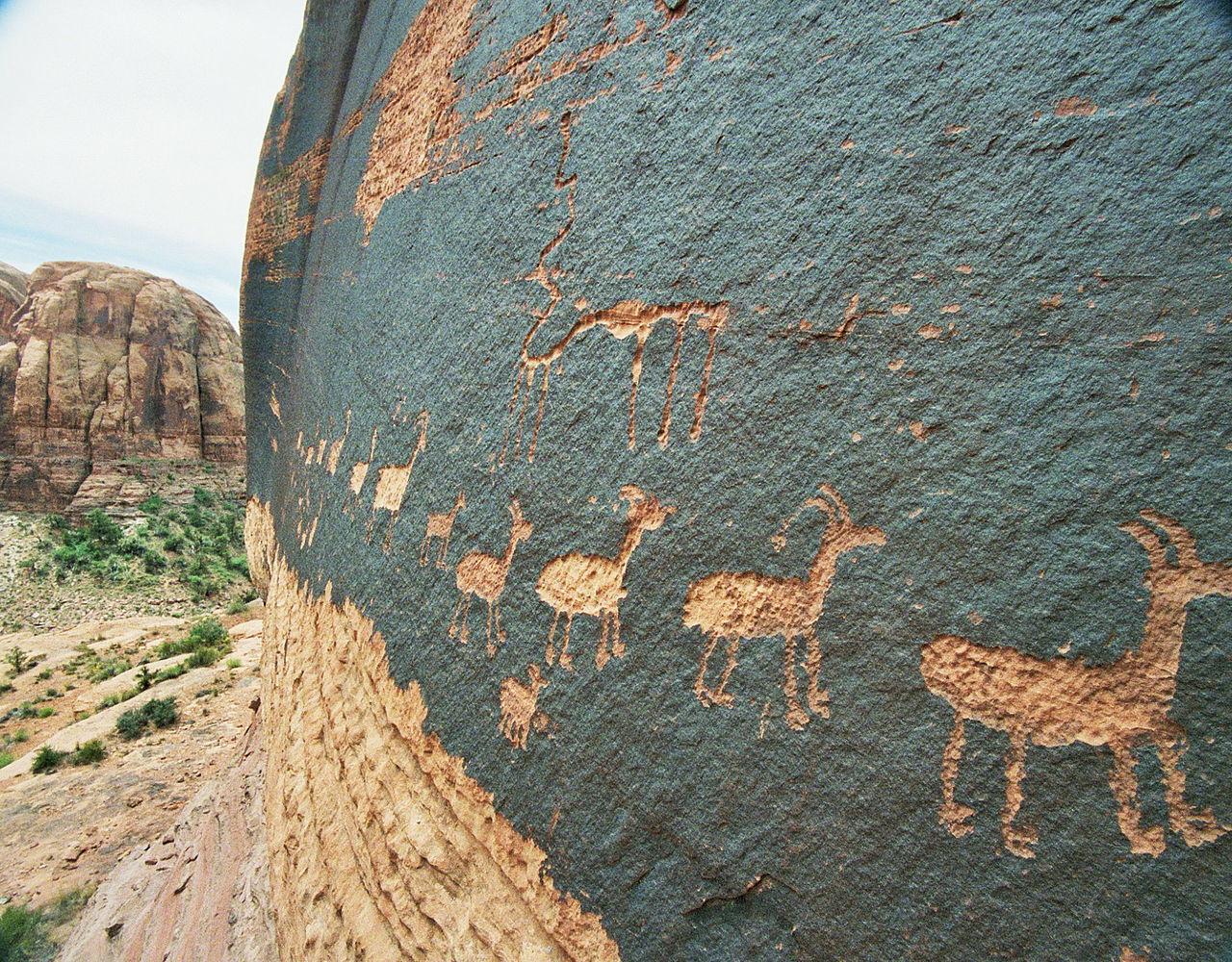
Source: Wikimedia
Further excavations and investigations at many of the sites previously mentioned could help solve lingering mysteries and provide the American people with a greater understanding of the many cultures that came before them.
